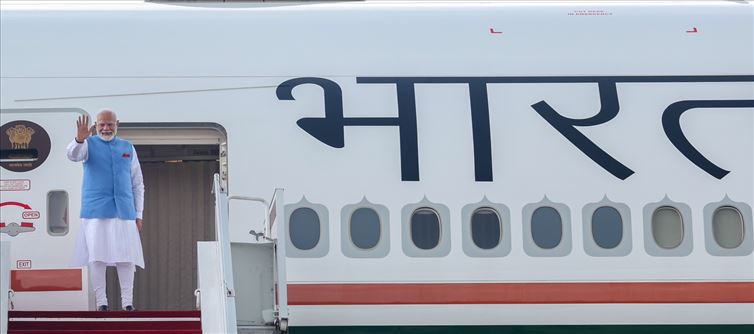
In the dynamic world of international relations, the contrast between India's friendly diplomatic approach under prime minister Narendra Modi and Singapore's stringent trade barriers presents an intriguing case study. Modi’s efforts to forge stronger ties with singapore underscore a broader strategy of enhancing India’s global presence through personal diplomacy and strategic partnerships. Yet, even the most amiable of relations can be tested by the practicalities of trade and regulatory barriers.
Modi’s Diplomatic Charm and Its Limits
prime minister Narendra Modi’s approach to diplomacy is often characterized by a personal touch and a focus on deepening bilateral ties. His visits to countries like singapore are emblematic of this strategy, aiming to bolster economic cooperation, secure investment, and foster cultural exchange. Modi’s charisma and leadership style have successfully advanced India’s interests in many parts of the world, presenting a friendly and open image that encourages collaboration.
However, the reality of international trade is not solely dictated by personal rapport. singapore, known for its rigorous regulatory framework and high standards, maintains a complex set of trade barriers that can challenge even the most well-intentioned diplomatic overtures. These barriers include stringent regulatory requirements, high compliance costs, and specific market access restrictions that are not easily navigated through charm alone.
Singapore’s Trade Barriers: A Reflection of Its Regulatory Ethos
Singapore’s trade barriers are often perceived as a reflection of the city-state’s commitment to maintaining a highly regulated and efficient market environment. This approach, while sometimes seen as restrictive, is designed to ensure high standards of quality, safety, and fairness in trade. Singapore’s regulatory framework is not merely a series of obstacles but rather a manifestation of its commitment to a well-regulated economic environment.
The city-state’s emphasis on compliance and quality control serves multiple purposes. It protects local industries, ensures consumer safety, and upholds the integrity of Singapore’s market. For indian businesses and investors, this means navigating a landscape where regulatory adherence is crucial, and personal diplomacy must be complemented by a thorough understanding of local requirements.
A Sign of Successful Coalition or Divergent Styles?
The challenges faced by Modi in surpassing Singapore’s trade barriers should not be seen as a failure of diplomatic efforts but rather as a reflection of the differing styles and priorities of the two nations. Modi’s diplomatic outreach demonstrates India’s commitment to fostering international relationships, while Singapore’s regulatory stance highlights its dedication to maintaining a high standard of market integrity.
In many ways, this situation underscores the complexity of global diplomacy and trade. Successful coalition-building involves not only personal relationships but also navigating and reconciling differing regulatory and economic priorities. Modi’s engagement with singapore is a testament to his ability to build strong bilateral ties, even as the practicalities of trade and regulation present ongoing challenges.
Conclusion
As india and singapore continue to strengthen their partnership, the interplay between Modi’s friendly diplomacy and Singapore’s regulatory barriers will remain a focal point of their relationship. While personal charm can open doors, the key to navigating these barriers lies in understanding and adapting to the intricate regulatory environment of Singapore. This dynamic is a reminder that successful international relations require both personal rapport and a nuanced approach to addressing practical challenges.




 click and follow Indiaherald WhatsApp channel
click and follow Indiaherald WhatsApp channel